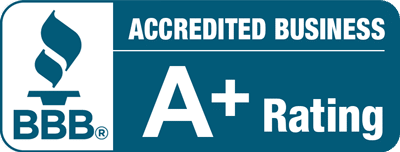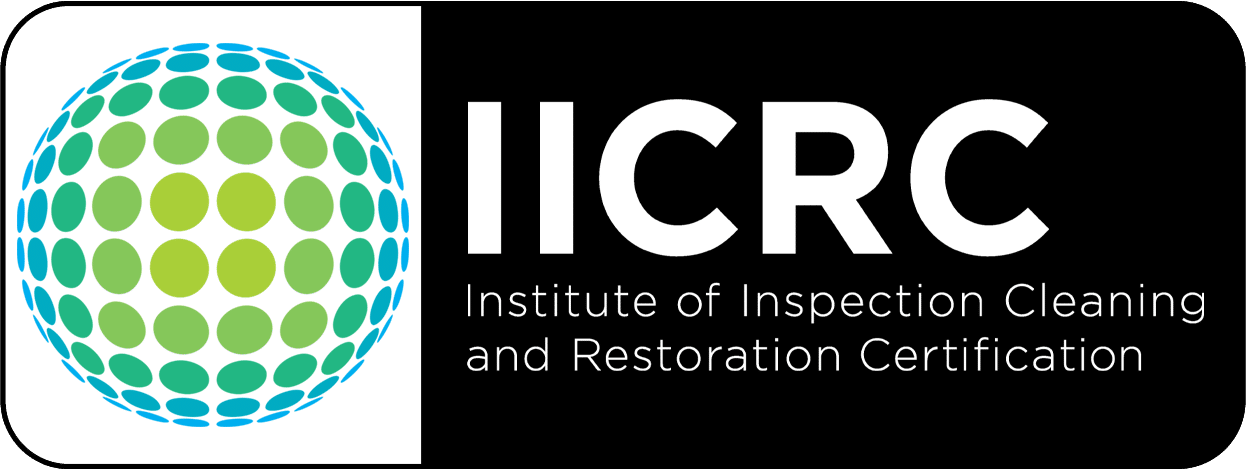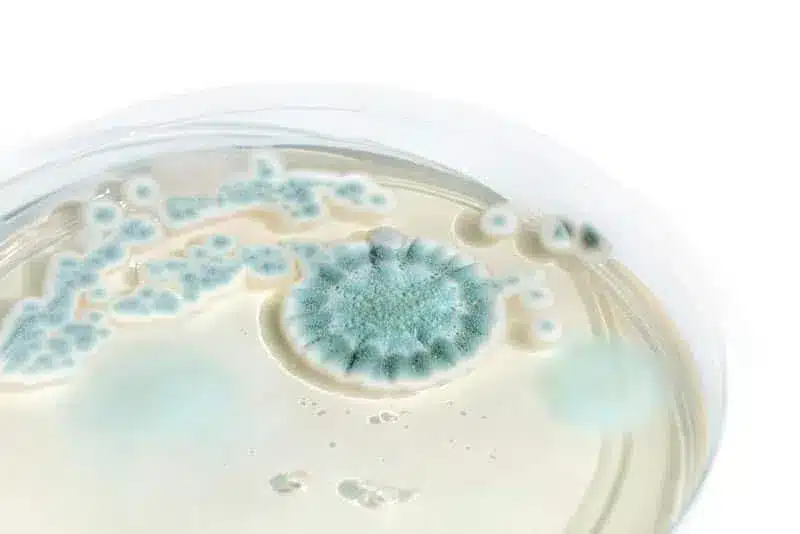Why You May Need a Mold Assessment for Your Salina Home
First off, mold is a major issue for any household. There’s a default level of mold in all indoor and outdoor environments. It’s a big part of the natural ecosystem. However, a little bit of mold can lead to a big problem under the right conditions. With just the right temperature and enough humidity, mold can grow increasingly rapidly onto practically any organic material. Here is a list of reasons why you should think of getting a mold assessment in Salina, KS.
- Under specific conditions, even a small amount of mold can lead to significant problems as it thrives on organic material with the right temperature and humidity.
- Unfortunately, houses provide an ideal environment for mold growth, especially when moisture accumulates in walls and building materials.
- Mold grows on surfaces and can release spores that spread through the air and take root in porous areas, leading to rapid and widespread infestations.
- These airborne spores can trigger health problems, and long-term exposure may result in hypersensitivity or severe allergies to mold.
When Is The Right Time For A Mold Assessment?
Through several different techniques, from thermal imaging to air quality and surface testing, a professional mold assessment maps out the spread of mold as thoroughly as possible so that you can make an informed decision about how to fix it.
But when is the right time for an assessment?
These are the signs that you are due for a proper mold assessment consultancy:
- When you do not see mold but can smell it, remember how mold grows? By releasing spores that attach to and eat through various building materials? Well, that process has a distinctive mold odor to it. It’s very reminiscent of the smell of an old locker room shower or a pile of bath towels that missed the laundry for months at a time. When you catch the scent of something that smells a little musty with no apparent cause, that could be a sign of mold. It can build up in your walls for months before you finally notice the first visual sign.
- When you become sick for no apparent reason, if you notice seasonal allergies getting worse, or if you start waking up congested, then a possible explanation might be that mold has made your air quality significantly worse.
- When your home suffers water damage because mold growth is encouraged by moisture, testing your home after your basement floods or a kitchen or laundry floods, the floor makes sense. Additionally, an exposed roof or compromised building foundation could potentially be letting moisture build up to where it shouldn’t. Preventing mold should be a priority for any homeowner experiencing water damage.
- High Humidity. During the winter months, the temperature can get high enough that the air starts to feel muggy. If you’re noticing this same level of humidity inside your home or property, it could be a sign that poor ventilation is causing a buildup of moisture somewhere. It’s worth checking the tiles around the shower and stove, two places that give off a lot of steam, for any signs of mold. If the humidity is consistently 55% or higher in your house, there is a serious chance of a mold infestation.
How Does A Mold Assessment Work?
So, you’ve called a professional to check out what you suspect might be some mold growth inside of your home. Here’s what to expect:
- Visual inspection. You’ve probably already done this a dozen times yourself, but sometimes having a new set of eyes, especially trained eyes, gives you a different perspective on the situation. This step is for getting everyone on the same page about the problem while also identifying which areas need further inspection.
- Document everything digitally. We take thorough notes on the situation, observing all that we can about the spread and growth of the mold. And we share everything we jot down with you.
- Find the spread of the mold with thermal imaging. Through thermal imaging, we can see which parts of your building materials are colder than others. The colder areas signify a moisture buildup, which is the ideal condition for mold to multiply. As mold grows when exposed to water, this step helps us narrow down the source.
- Find the source of excessive moisture. When moisture gathers in a usually dry part of your home, it signifies that the structure of your home may have been compromised. This moisture buildup could be as simple as an uninsulated window or as severe as foundational damage or a flooded basement.
- Bring everything together in our evaluation. We walk you through a straightforward, detailed overview of the mold situation. Then, we design a specific mold remediation plan for you, including cleanup and preventative measure recommendations for the future.
- Test afterward to ensure a job well done. Post-remediation testing comes after we complete the mold remediation process. We believe that a job worth doing is a job worth doing well.
Contact Lamunyon Mold For Mold Assessments In Salina, KS
At Lamunyon Mold, we are here to get the job done right. With both an A+ rating from the Better Business Bureau and almost 50 years of service in the greater north-central Kansas area, we are the people to call for your mold assessment needs. If you have any questions about our mold removal, dehumidification, and mold testing services in Salina or would like to talk to a team member, do not hesitate to contact us.
Schedule a mold assessment in Salina, KS, today! Our mold assessment company has 24/7 emergency availability by phone at 1-785-367-2494.
Our friendly, caring staff are excited to help you, and our certified technicians are available for immediate emergency response.



